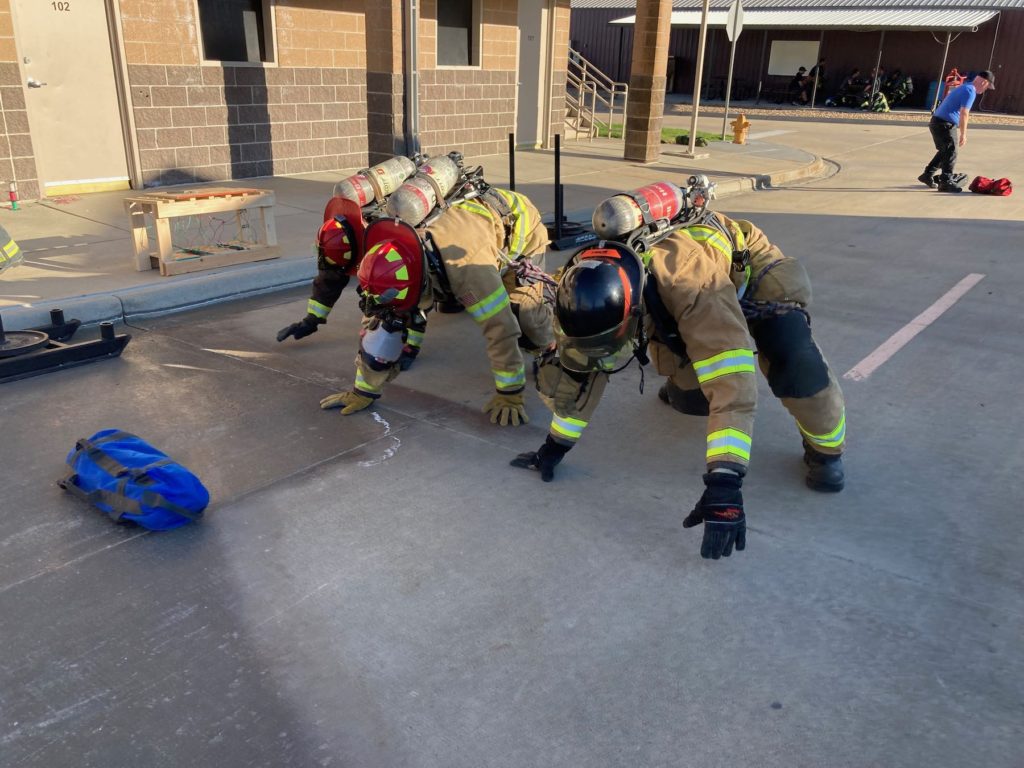Allostatic Load. How Heavy Can You Carry?
by Kevin Housley
I recently came across a new way to look at an old problem and it has opened my eyes to yet another psychological process that can help us achieve ultimate human performance. The concept is called “Allostatic Load” and it is heavily researched including for firefighters.
Simply stated allostatic load is a measure of the “cumulative burden of chronic stress and life events” (Guidi et. al. 2020). Some might call it burnout, overtraining, or just stress and while the intention behind their statements is correct, the terminology we actually use is very important as each of these terms has clearly defined meaning, research to support it, and techniques to help address them.
For this post we’re going to quickly look at the impact of allostatic load and you can unpack what this means to you personally and some simple steps you can take to help address your particular situation.

In the fire service we are exposed at times to more stress than the average Joe. For most of us this is actually why we got into the business and most of the time it’s also what keeps us coming back. A ripping structure fire gets our blood pumping, allows us to serve by putting our skills and abilities to the test, and a high percentage of our effort is placed on being ready for this call type. But as we all know, there are other stressors that we would avoid if we possibly could. Some CPR calls easily fall into this camp.
The fact is both of these call types are acute stressors and potentially turn into chronic stressors if we don’t have systems and processes in place to deal with them. But we also have other acute and chronic stressors that also pile on top and at some point the load becomes so heavy we react to it. Whether we want to or not. These stressors show up in the form of finances, relationships, workload, email chains, never ending streams of information aka social media, and maybe the most impactful of all… sleep deprivation.
This is where the connection between psychology and physiology becomes so important. We need systems and tools that can give us an indication that maybe our allostatic load has become too large and we need to address it. Even better, we should have systems in place for ourselves and those around us that deal with the load before it ever becomes too heavy to bear.
The good news is many of these systems and resources are completely free and no one even has to know you’re performing them. One of the easiest ways is to use your breath and a “cadence protocol”.
Extend the Exhales
Extending the exhalation 2:1 vs the inhalation is proven to have parasympathetic effects. This works because once again this breathing technique triggers the vagus nerve which is responsible for many things in your body including heart rate, respiration rate, and serves as the hub for all things rest & digest!
This technique is simple and we use it quite often when responding to a call, while working on the fireground and capitalizing on times of rest, or when trying to down regulate before we walk into the house after a long set with little to no sleep. We prefer to breathe through our noses whenever possible as this also triggers the vagus nerve.
Extension Protocol: 4:0:8:0 Repeat 8-12 times
Breathe in through the nose for 4 seconds
Breathe out through the nose for 8 seconds
No breath holds on the inhalation or on the exhalation for this one!
This technique is also widely used for PTS and PTSD treatment and is completely scalable for whatever time amount you can tolerate. For some the 8 second exhalation is too long initially so start with a 3:0:6:0 protocol or less and work your way up as your system allows you to.
We also really like to use this protocol to help fall back asleep quickly when on shift/at home or to help quiet the mind and focus on the next task at hand.
Here is a previous training post that helps you build mental toughness by chilling out and also check out this video to use your breath to help rid ourselves of this allostatic load.
Stay smart, happy, healthy and strong!
References:
Corrigan, S., Roberts, S., Warmington, S., Drain, J., & Main, L. C. (2021). Monitoring stress and allostatic load in first responders and tactical operators using heart rate variability: a systematic review. BMC Public Health, 21(1), 1–1701. https://doi.org/10.1186/s12889-021-11595-x
Guidi J., Lucente M., Sonino N., Fava G.A., Allostatic Load and Its Impact on Health: A Systematic Review. Psychother Psychosom. 2021;90(1):11-27. doi: 10.1159/000510696.






